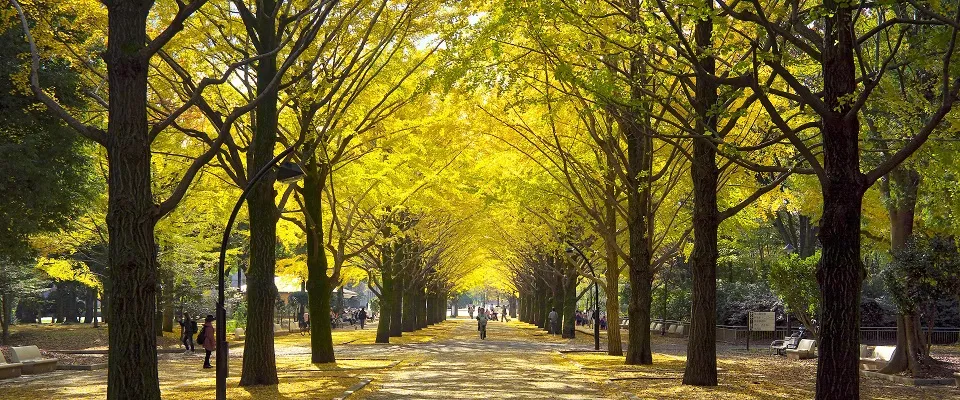Koishikawa Korakuen is one of Tokyo’s oldest and most beautiful Japanese gardens, blending elements of Japanese and Chinese landscapes to offer visitors a tranquil oasis away from the urban hustle. This comprehensive guide will explore the garden’s history, attractions, and visitor information to help you plan the perfect visit.
Key Information
- Location: 1-6-6 Koraku, Bunkyo-ku, Tokyo
- Established: Early Edo Period (1600-1868)
- Garden Type: Stroll garden
- Highlights: Miniature landscapes, ponds, maple trees, ginkgo trees
- Best Seasons: Autumn (late November to early December), Plum blossom season (mid-February to March), Cherry blossom season (late March to early April)
Rich History
A Noble Garden of the Edo Period
Koishikawa Korakuen was built in the early 17th century as a villa garden for the Mito branch of the ruling Tokugawa family. The garden’s name comes from an ancient Chinese poem, suggesting that a ruler should only take pleasure after achieving happiness for his people. The design incorporates both Japanese and Chinese garden arts, cleverly recreating famous landscapes within a limited space.
Main Attractions
The Three Ponds
The garden features three artificial lakes surrounded by numerous maple trees. In autumn, the reflection of the red leaves on the water surface creates a mesmerizing view. Several viewpoints around the ponds offer different perspectives of this enchanting scenery.
Maple Grove
Dozens of maple trees are planted throughout the garden. In late autumn, their leaves turn vibrant shades of orange and red, attracting many visitors. The combination of maples with the ponds and artificial hills forms one of the garden’s most iconic landscapes.
Ginkgo Avenue
Near the east entrance, there’s a small grove of ginkgo trees. In autumn, their leaves turn golden yellow, creating a striking contrast with the red maples.
Plum and Cherry Blossoms
The garden boasts various plum and cherry trees, including several early-blooming weeping cherry trees. From February to April, these trees burst into bloom, adding color and vitality to the spring garden.
Rice Paddy
At the rear of the garden, a small rice field is maintained, recreating a traditional agricultural landscape and reflecting the Japanese appreciation for rice cultivation.
Best Time to Visit
Koishikawa Korakuen is beautiful year-round, but these periods are especially stunning:
- Autumn (late November to early December): For vibrant maple leaves and golden ginkgo
- Plum blossom season (mid-February to March): For fragrant plum blossoms
- Cherry blossom season (late March to early April): For delicate cherry blossoms
Access Guide
The garden has two entrances:
- East Entrance: 3-minute walk from Suidobashi Station on the JR Chuo Line
- West Entrance: 5-10 minute walk from Iidabashi Station (JR Chuo Line, Tozai, Yurakucho, Namboku, and Oedo subway lines) or a 10-minute walk from Korakuen Station (Marunouchi and Namboku subway lines)
Hours and Admission
- Open: 9:00-17:00 (last entry at 16:30)
- Closed: December 29 to January 1
- Admission: 300 yen
Visitor Tips
- Allow 2-3 hours to fully appreciate the garden
- Wear comfortable walking shoes as there are uneven paths and gravel walkways
- Check bloom forecasts for autumn colors and spring blossoms to avoid peak crowds
- Take advantage of rest areas and the tea house for a peaceful break
- Respect the garden environment by not touching or climbing on trees or stones
Official Website
For more information, visit the Tokyo Metropolitan Park Association’s official website (in Japanese):
Koishikawa Korakuen Official Website
Conclusion
Koishikawa Korakuen is a masterpiece of Japanese garden art, perfect for both nature appreciation and finding inner peace. As you stroll through its grounds, you’ll feel transported back to the elegance and serenity of the Edo period. On your next visit to Tokyo, don’t miss this beautiful garden, often described as a “living cultural heritage.”
